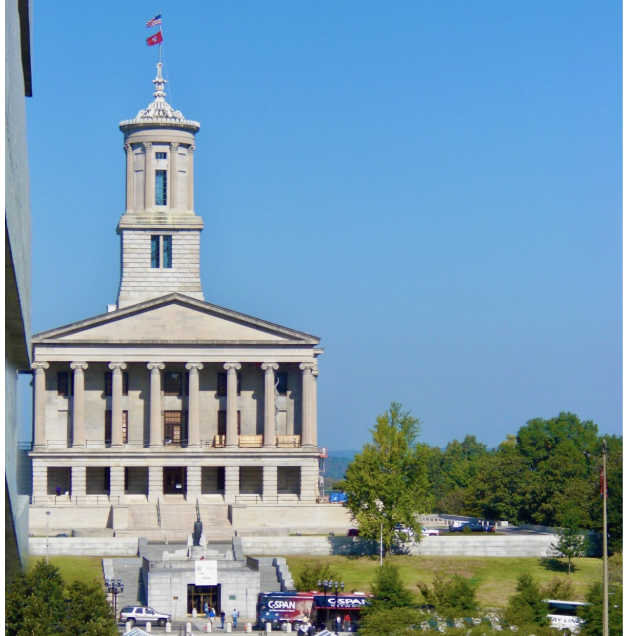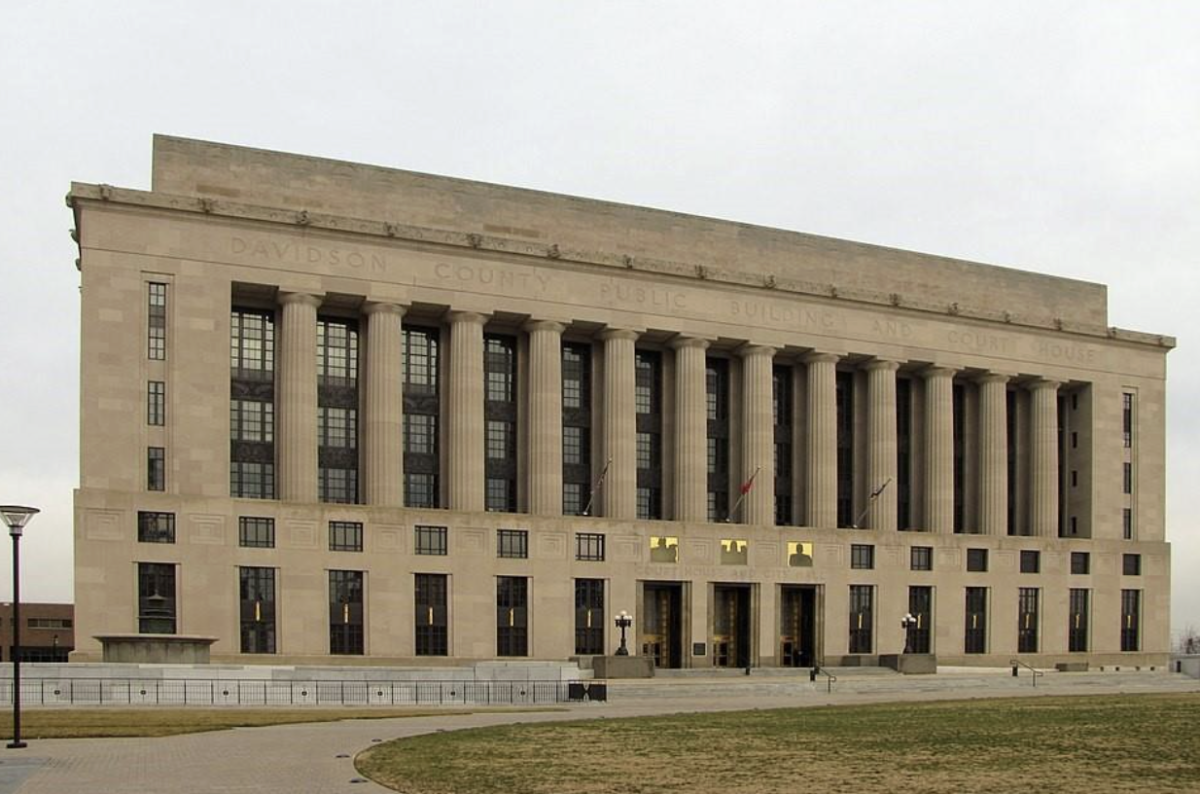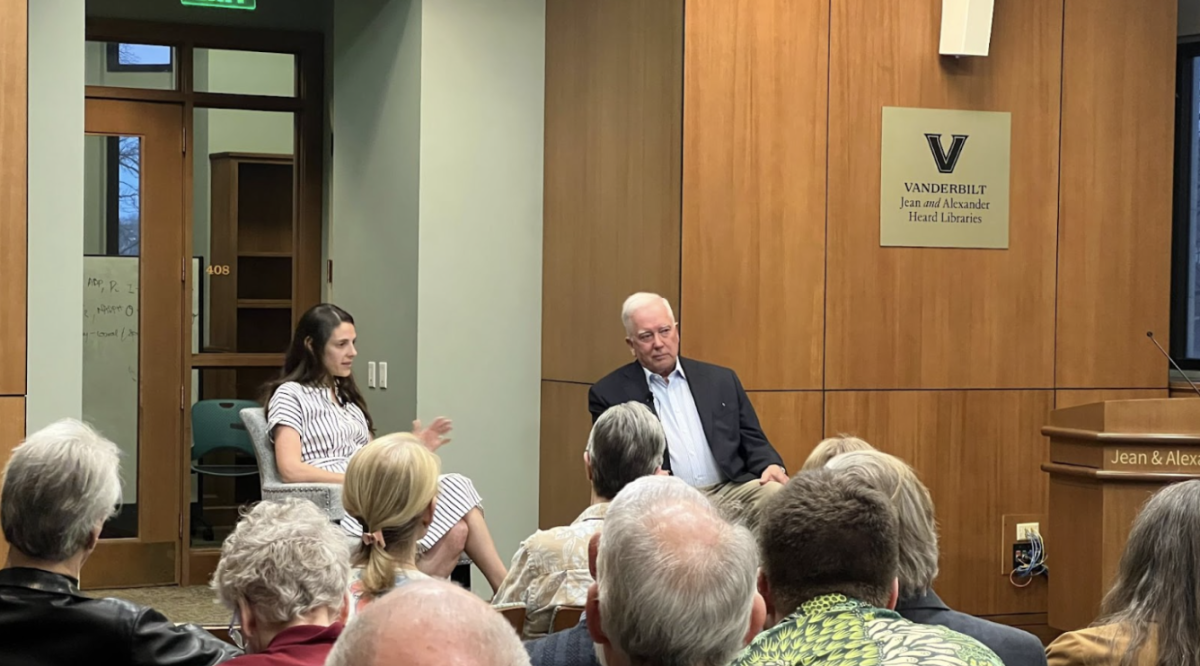On April 1, Metro Nashville’s consolidated city-county government turned fifty years old, marking a significant period of growth and expansion. Originally, Nashville was an independent municipality located within the boundaries of Davidson County. Nearby cities included Goodlettesville and Belle Meade, among others – all operating completely independently. However, after at least one failed attempt, voters in Davidson County united Nashville and Davidson County in 1963, forming a consolidated government to carry out both city and county functions. At this historic milestone in Nashville’s history, it’s important to look forward and see what issues are shaping Nashville’s future:
- Schools – Mayor Karl Dean has continually emphasized his desire to make improvements to Metro Nashville Public Schools (MNPS) a priority. While MNPS has won acclaim for its two top-performing high schools and strong elementary system, there are still significant improvements to be made to the vast majority of the system [1]. While it is difficult for the mayor and Metro Council to directly influence MNPS’s performance, by devoting more funding to the district and continuing to push for improvements, perhaps great strides can be made. Regardless, a high-quality school system is crucial to support the growth of the city and encourage more people to move to Nashville.
- SoBro Redevelopment – As the new Music City Center convention center finishes up construction next month, the new So-Bro masterplan was released, detailing the outlook of the region of downtown south of Broadway (hence, SoBro). While there is no immediate timeline for this expansive redevelopment plan, the new masterplan includes new park and public lands, an improved street network, flood mitigation plans, and expanded mixed-use retail and residential space. It was only a few years ago that Nashville’s downtown residential population could be counted in the hundreds; today it numbers in the thousand and has been expanding rapidly in recent years. This population growth is a trend that Nashville leaders have made a priority, and it promises to continue enhancing Nashville and increasing its downtown population for the foreseeable future [2]. The new SoBro plan promises to create a dense, urban neighborhood that should be extremely attractive to people considering moving to the city.
- Bus Rapid Transit – Mass transit is proving to be one of the most contentious issues for Nashville’s future. Many current leaders want to build a bus rapid transit system (BRT), connecting White Bridge Road-West End to East Nashville-5 Points. This system would have dedicated lanes for buses, allowing them to maneuver more quickly and potentially alleviate traffic [3]. Aside from the debate over its likely effectiveness, many are questioning its design. Vanderbilt Economics Professor Malcolm Getz and Councilman Jason Holleman, among other leaders, have argued that the BRT would be more effective if placed on Charlotte Avenue, thus spurring development in an underdeveloped zone and not taking up a lane on an already congested street [4]. Mass transit is a problem that needs to be addressed immediately in order to support Nashville’s continued growth; however, with disagreement over the plans and North Nashville community leaders threatening a lawsuit if the plan does not incorporate them, the construction of the BRT seems unlikely for the foreseeable future [5].
Ultimately, now is an exciting time for Metro Nashville. From its growing population to its constant redevelopment, the city has definitely evolved significantly over its first fifty years. If policy makers are able to successfully work on some of these contentious issues, Nashville’s upwards trajectory will certainly be unstoppable.
Sources:
[1] http://www.tennessean.com/article/20130331/NEWS/303310135/Nashville-s-time-now
[2] http://www.nashvillemusiccitycenter.com/docs/about/SoBroMasterPlan.pdf
[Image] http://www.bosmovingnashville.com/uploads/nashville-skyline-night.jpg






